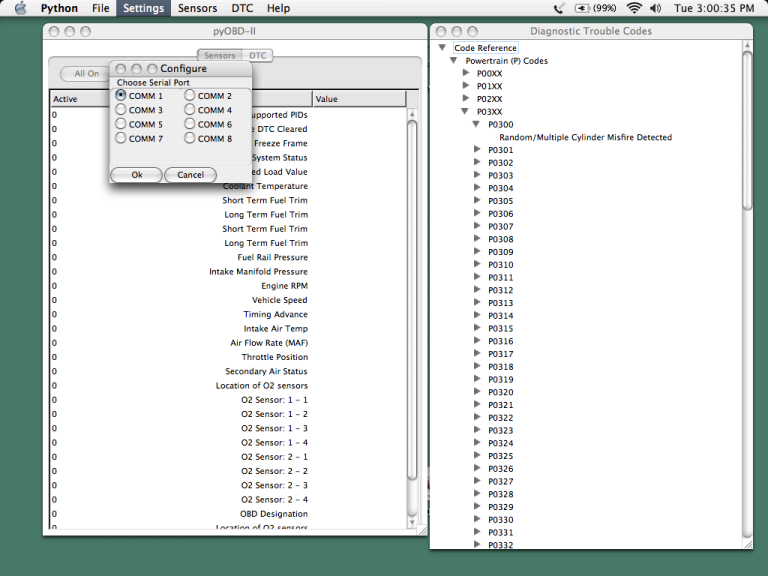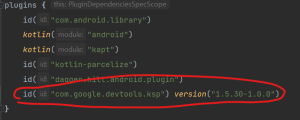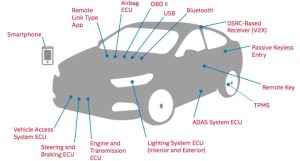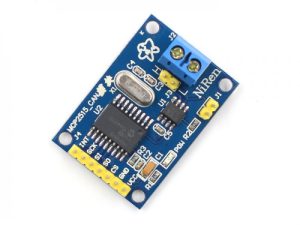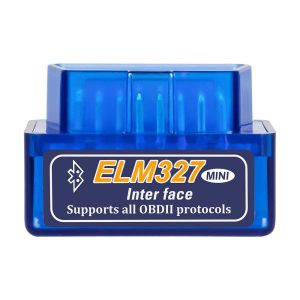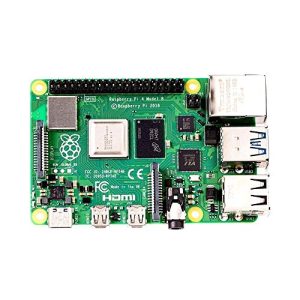Are you tired of taking your car to the mechanic every time your check engine light comes on? Do you wish you had a way to diagnose the problem yourself and potentially save time and money? Look no further than the PyOBD module!
PyOBD is a Python library for communicating with OBD-II (On-Board Diagnostics) compliant vehicles. With PyOBD, you can read and clear diagnostic trouble codes (DTCs), monitor real-time engine data, and even perform advanced diagnostics like emissions testing.
One of the best things about PyOBD is its ease of use. With just a few lines of code, you can connect to your car’s OBD-II port and start reading data. The module also supports a wide range of OBD-II protocols, so you can use it with almost any vehicle that supports the standard.
In addition to its basic diagnostic capabilities, PyOBD also offers some more advanced features. For example, you can use PyOBD to perform OBD-II mode 6 testing, which provides more detailed information about the performance of specific systems in your vehicle. You can also use PyOBD to perform mode 9 testing, which provides access to additional information like freeze frame data and readiness status.
Another great feature of PyOBD is its extensibility. Because PyOBD is written in Python, you can easily build custom diagnostic applications that leverage the module’s functionality. For example, you could build a custom dashboard that displays real-time engine data, or a diagnostic tool that automatically identifies and diagnoses common problems.
Overall, PyOBD is an incredibly powerful and versatile tool for anyone who wants to diagnose and understand their vehicle’s performance. Whether you’re a professional mechanic or just an enthusiastic car owner, PyOBD is a must-have module for your toolkit. So why wait? Start exploring PyOBD today and take control of your car’s performance!
PyOBD is an open-source Python library that provides a simple and easy-to-use interface for communicating with OBD-II compliant vehicles. OBD-II is a standardized system that monitors and diagnoses the performance of a vehicle’s engine and other systems.
One of the main advantages of using PyOBD is that it allows you to read and clear diagnostic trouble codes (DTCs) from your vehicle’s computer. DTCs are generated when the vehicle’s onboard computer detects a problem with a specific system or component. By reading these codes, you can quickly identify the source of the problem and take steps to fix it.
In addition to reading DTCs, PyOBD also allows you to monitor real-time engine data. This can include information like the engine RPM, fuel pressure, coolant temperature, and more. With this data, you can get a better understanding of how your vehicle is performing and identify potential problems before they become serious.
PyOBD also provides support for a wide range of OBD-II protocols, which means it can work with almost any vehicle that supports the standard. This includes both gasoline and diesel vehicles, as well as hybrids and electric vehicles that have an OBD-II port.
Another useful feature of PyOBD is its ability to perform advanced diagnostics, such as mode 6 testing. Mode 6 testing provides detailed information about the performance of specific systems in your vehicle, which can be very useful for diagnosing complex problems.
Finally, PyOBD is highly extensible, which means you can easily build custom diagnostic applications that leverage the module’s functionality. This can include everything from simple scripts that read engine data to complex diagnostic tools that provide detailed information about your vehicle’s performance.
In conclusion, PyOBD is a powerful and versatile module that provides a wealth of diagnostic capabilities for anyone who wants to understand and diagnose their vehicle’s performance. Whether you’re a professional mechanic or just an enthusiastic car owner, PyOBD is definitely worth exploring.
Advantages:
- PyOBD is a powerful and versatile module that provides a simple and easy-to-use interface for communicating with OBD-II compliant vehicles.
- With PyOBD, you can read and clear diagnostic trouble codes (DTCs) from your vehicle’s computer, monitor real-time engine data, and perform advanced diagnostics like mode 6 testing.
- PyOBD supports a wide range of OBD-II protocols, which means it can work with almost any vehicle that supports the standard, including gasoline and diesel vehicles, hybrids, and electric vehicles.
- PyOBD is written in Python, which means it’s easy to integrate with other Python tools and libraries.
- PyOBD is open-source software, which means it’s free to use and can be modified to suit your needs.
- PyOBD is highly extensible, which means you can easily build custom diagnostic applications that leverage the module’s functionality.
Disadvantages:
- PyOBD requires an OBD-II compatible interface device to connect to your vehicle’s computer, which may require an additional investment.
- PyOBD may not be suitable for diagnosing complex problems that require specialized tools or equipment.
- PyOBD relies on the accuracy of the diagnostic trouble codes generated by the vehicle’s computer, which may not always be reliable or accurate.
- PyOBD may not be suitable for novice users who are not familiar with OBD-II systems or engine diagnostics.
- PyOBD is dependent on the availability and compatibility of OBD-II protocols with different vehicle models and manufacturers.
In summary, PyOBD is a powerful and versatile tool for anyone who wants to diagnose and understand their vehicle’s performance. While it has some limitations and may not be suitable for everyone, it offers a lot of benefits for those who are willing to invest the time and effort to learn how to use it.

